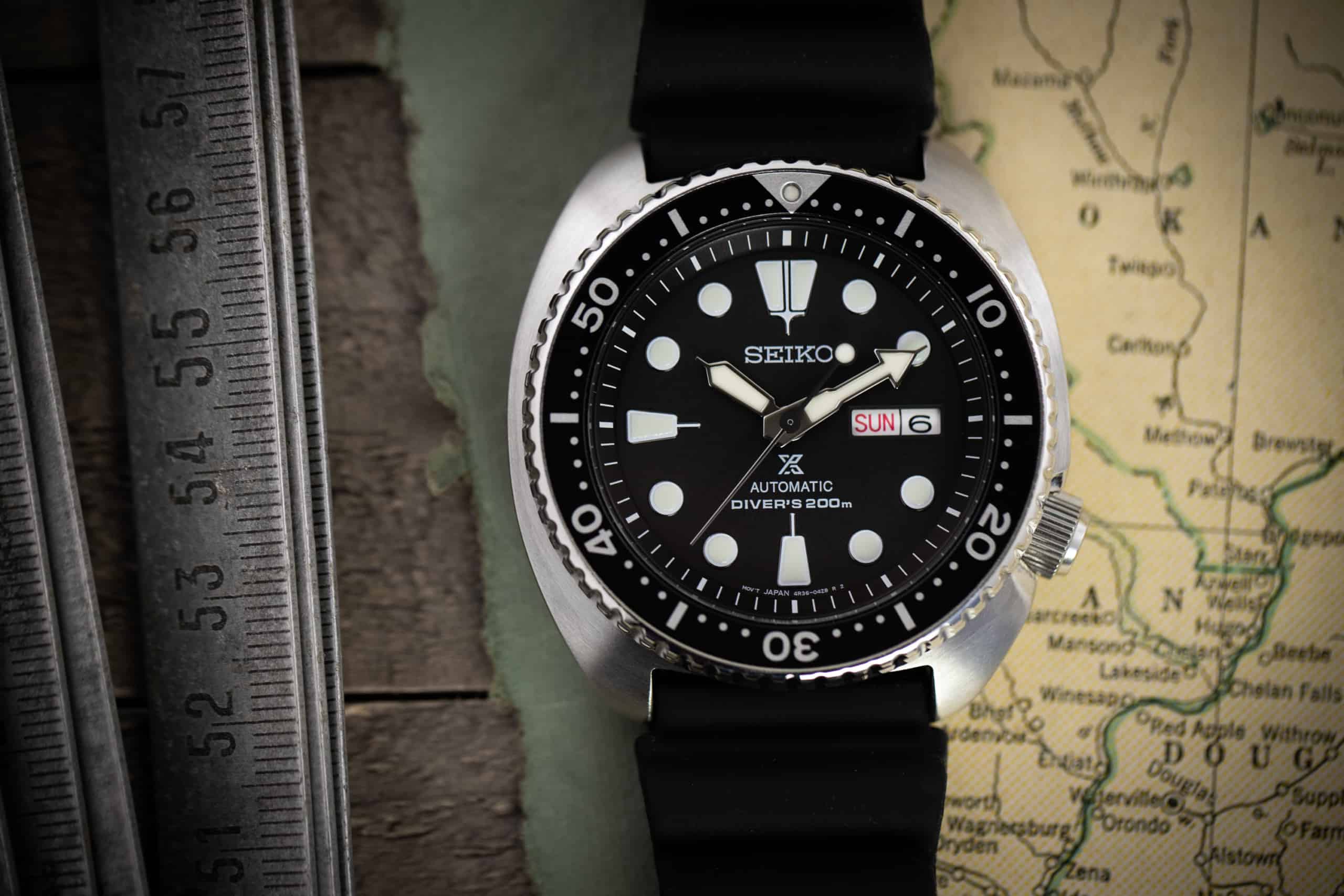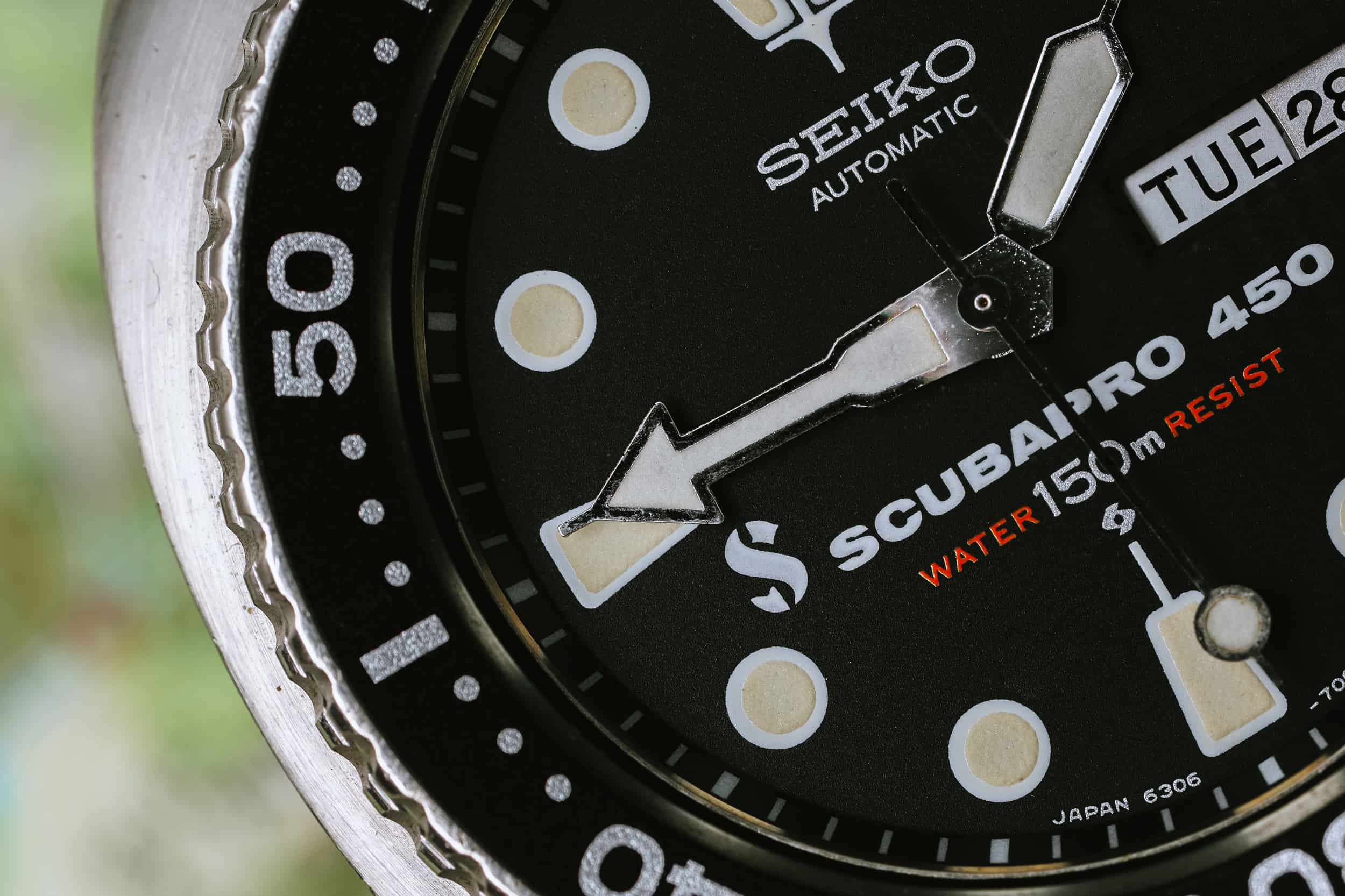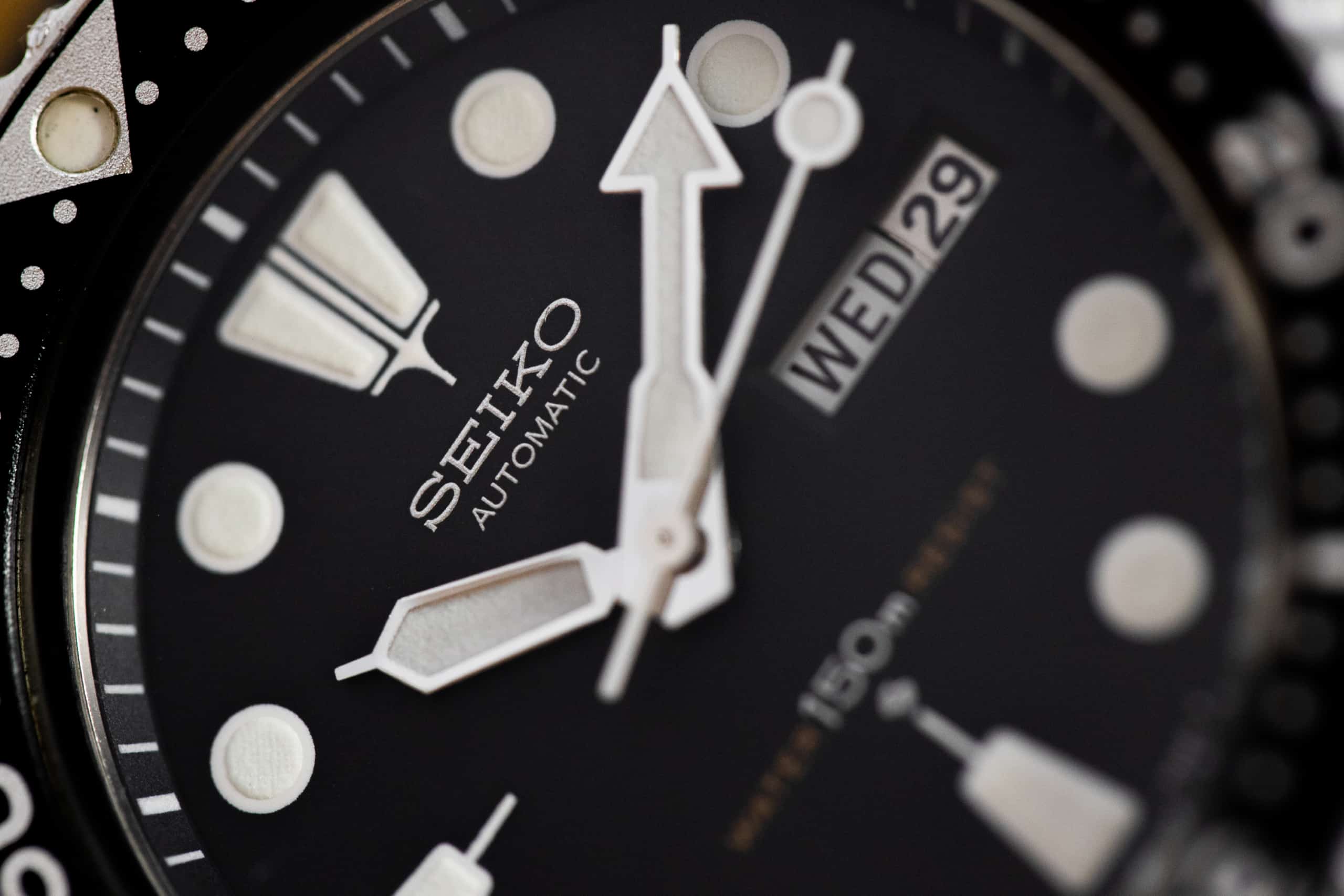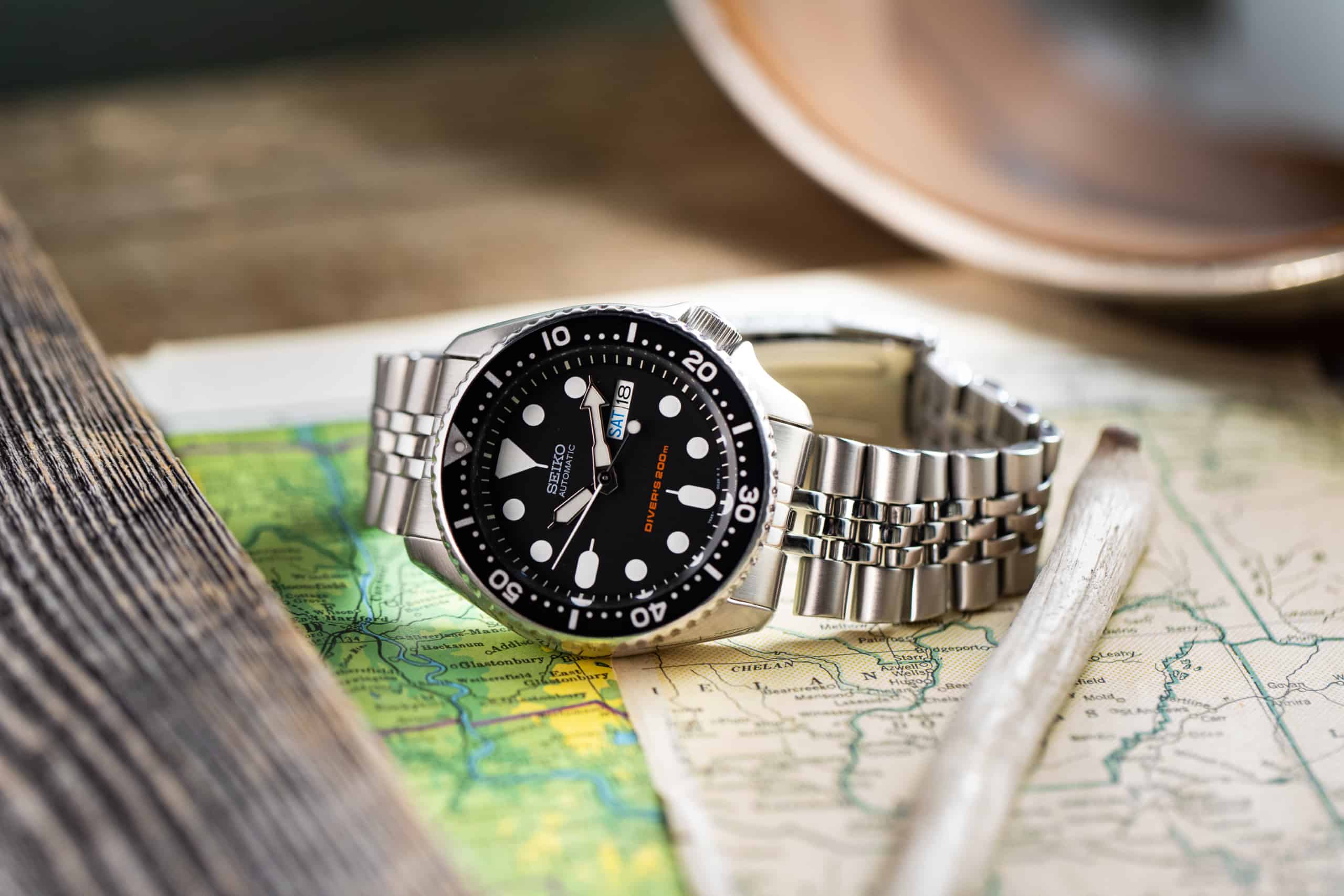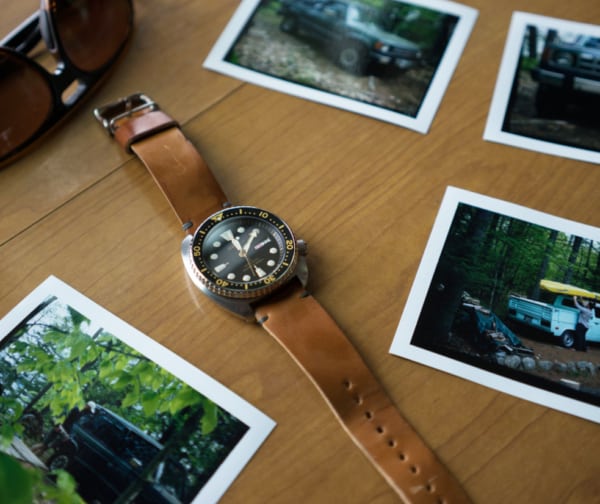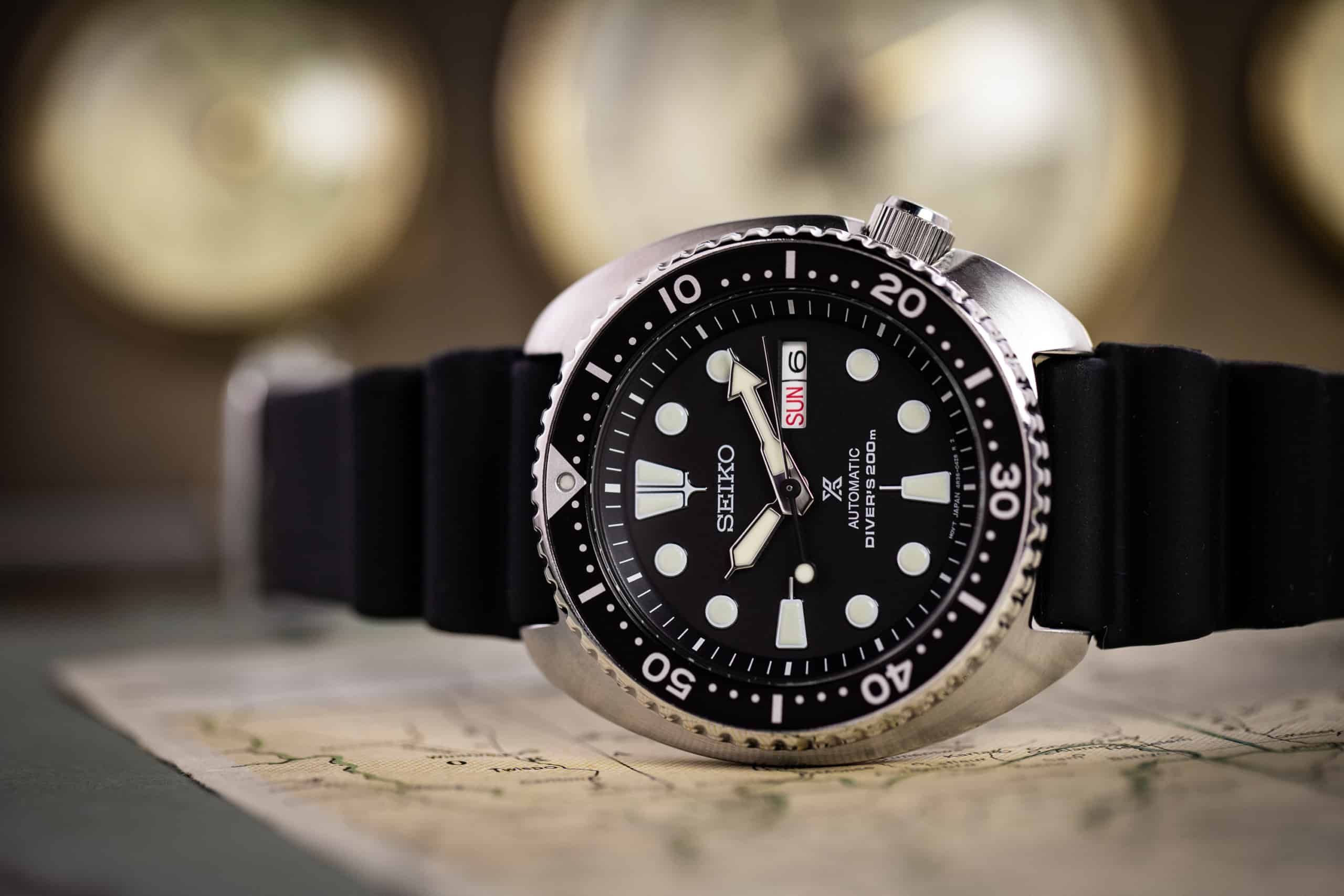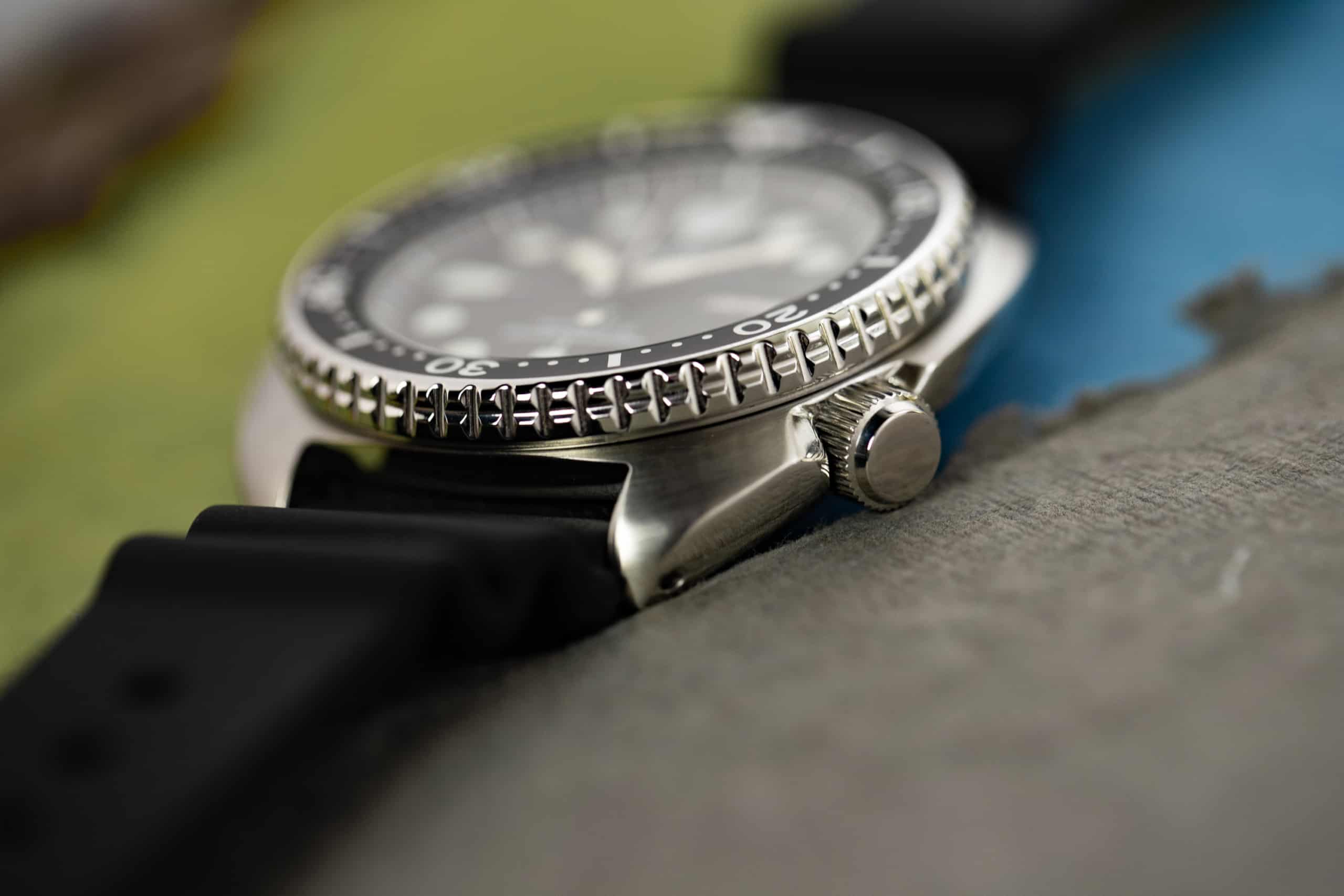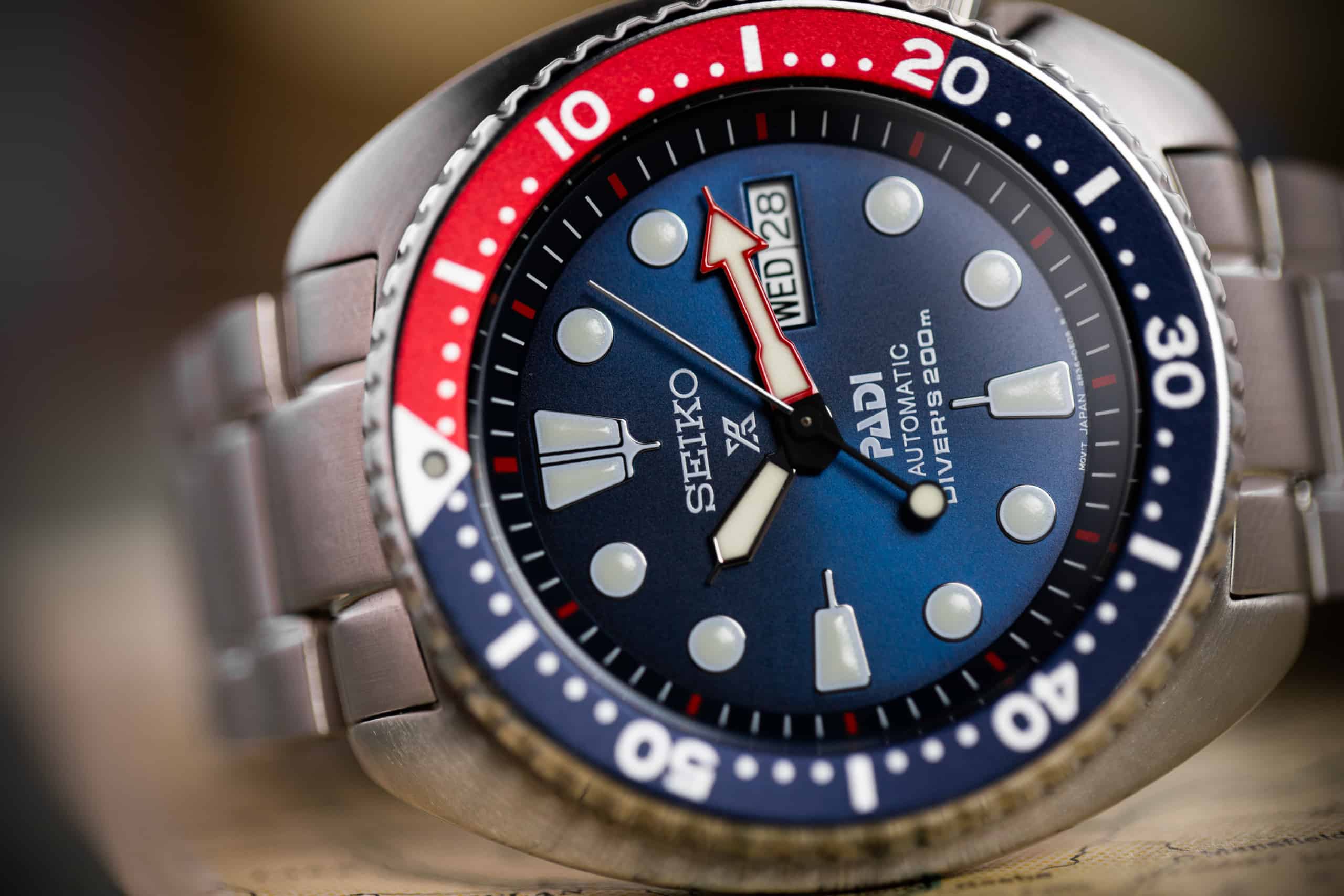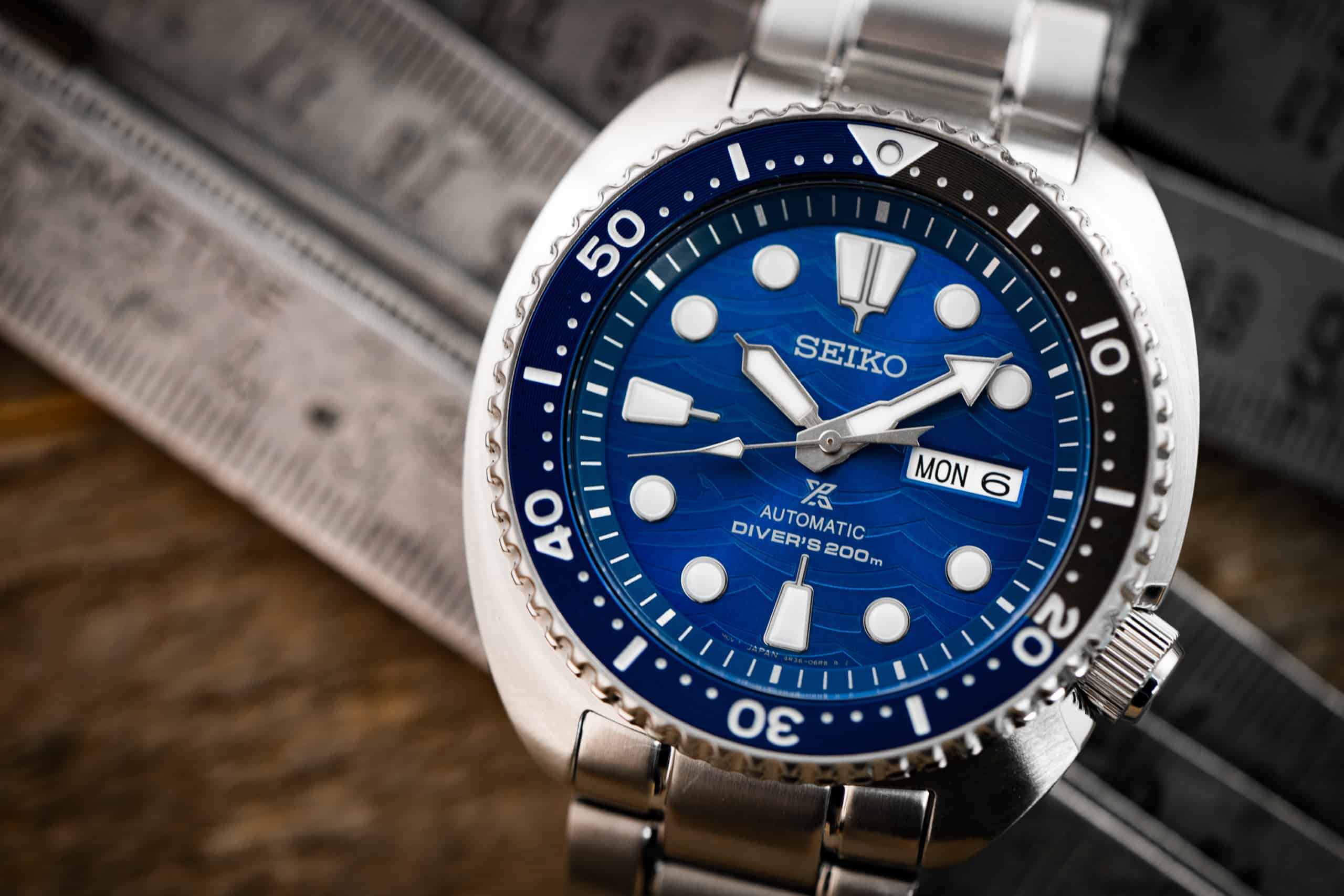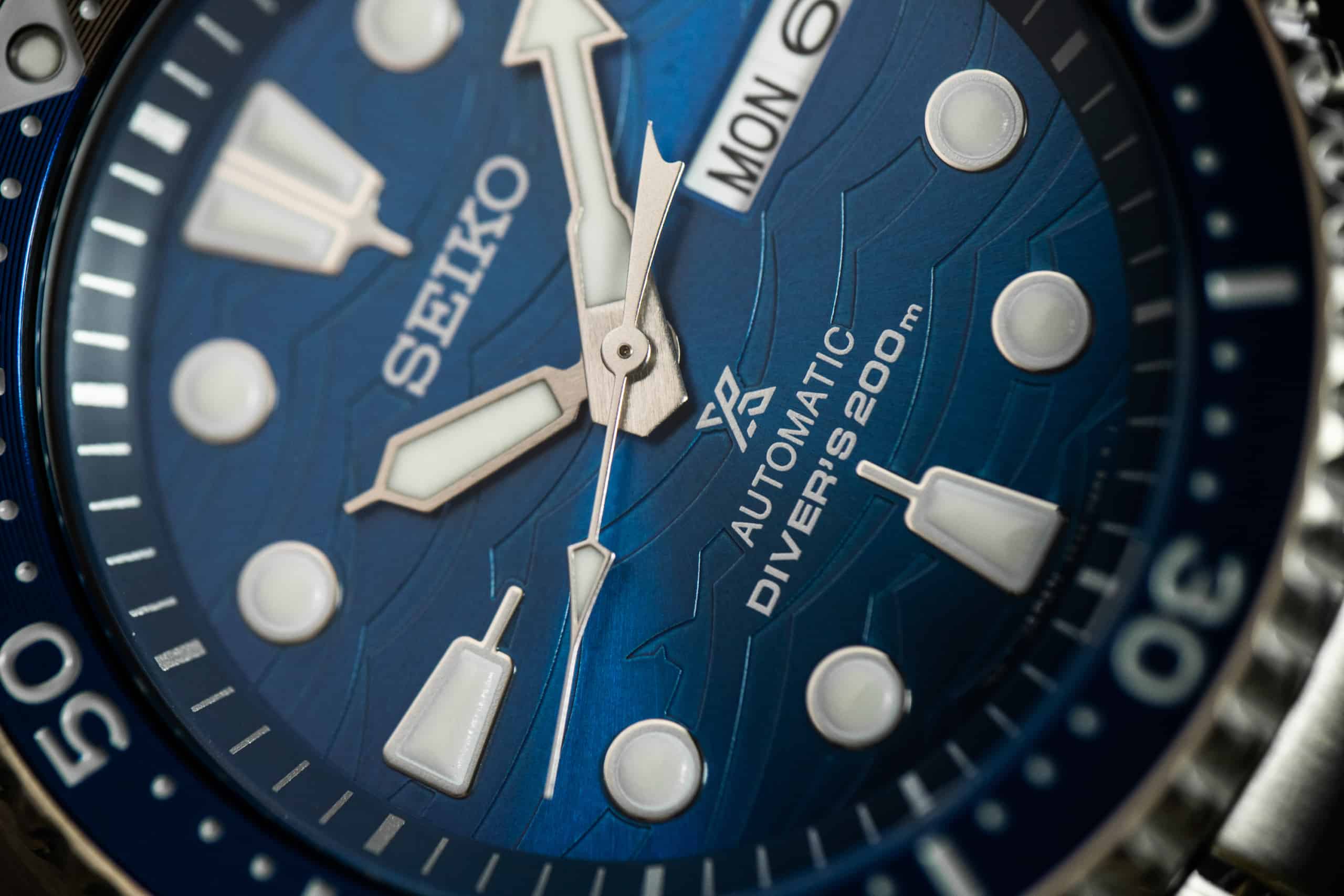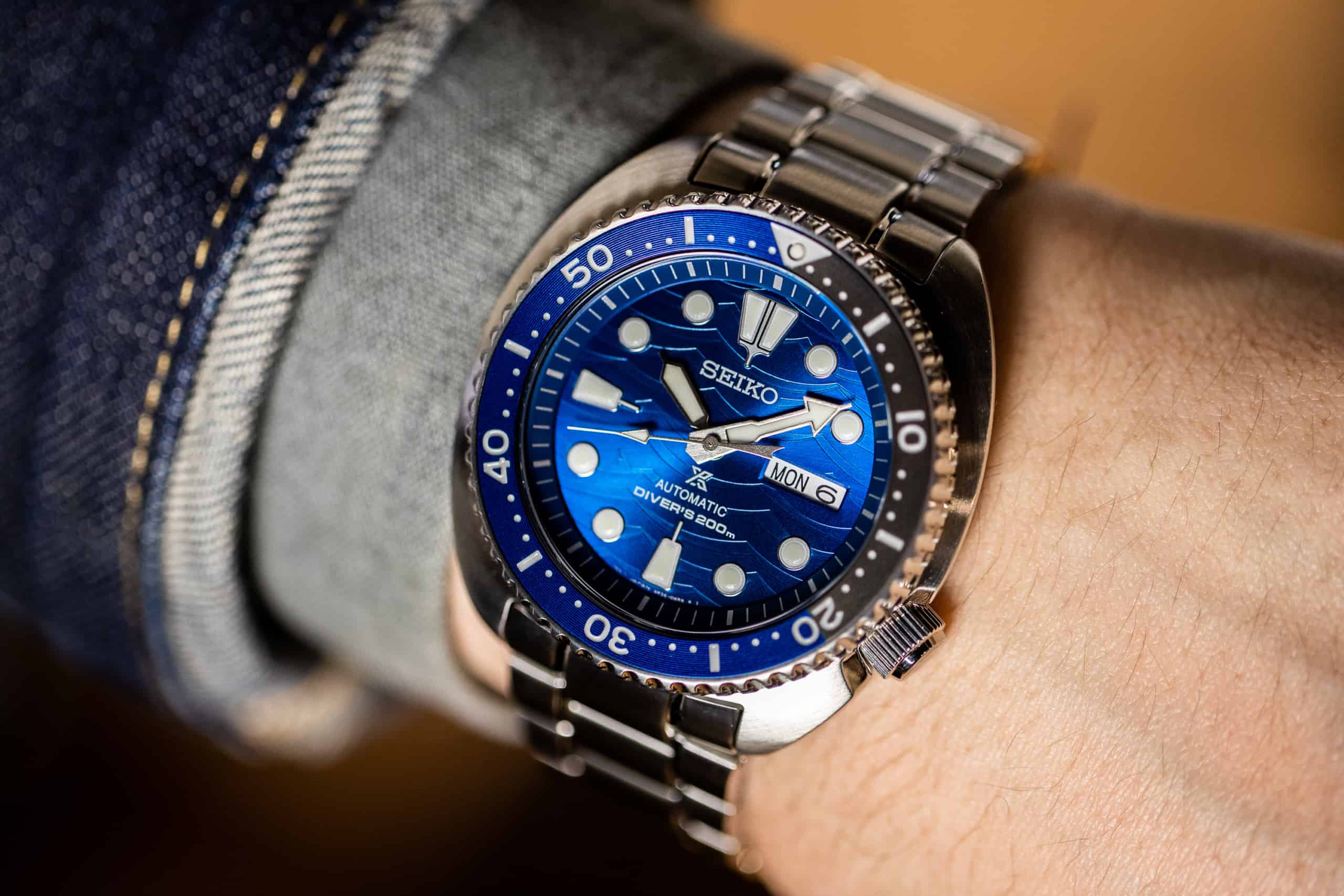Seiko has a long history of making superior dive watches perfect for pros, weekend enthusiasts, and everyone in between. In this three part series, we’ll take a look at the histories of three distinct dive watch families under the Seiko umbrella – timepieces so iconic and treasured by watch aficionados that many have their own, unofficial nicknames – and track their evolution to today’s most modern, tech forward, Prospex iterations.
Today, our focus is on the “Turtle,” and the long history of Seiko’s vaunted, highly functional tool watch for the common man.
For years, the watch community has acknowledged that the Seiko dive watch is an essential tool for any serious collector or enthusiast. Over the past decades, Seiko has produced a series of dive watches with equal appeal to the most dedicated collectors and the larger watch buying public. Unlike some of Seiko’s Swiss rivals, the Japanese brand has long been known for creating watches with case shapes and features that make them distinctive — these are not, necessarily, what you picture when you close your eyes and imagine a watch, and they’re that much more prized for that.
The “Turtle” — Seiko’s long-revered, cushion-case dive watch — is a great example of a timepiece that’s just strange enough to stand out, but so outstanding that its quirks are not only accepted, but lovingly embraced. From the earliest 6306 and 6309 references, to the modern re-launched SRP series in the Prospex line, the Turtle has been an entry point to Seiko divers, representing the everyman’s choice, while still able to measure up to its professional counterparts.
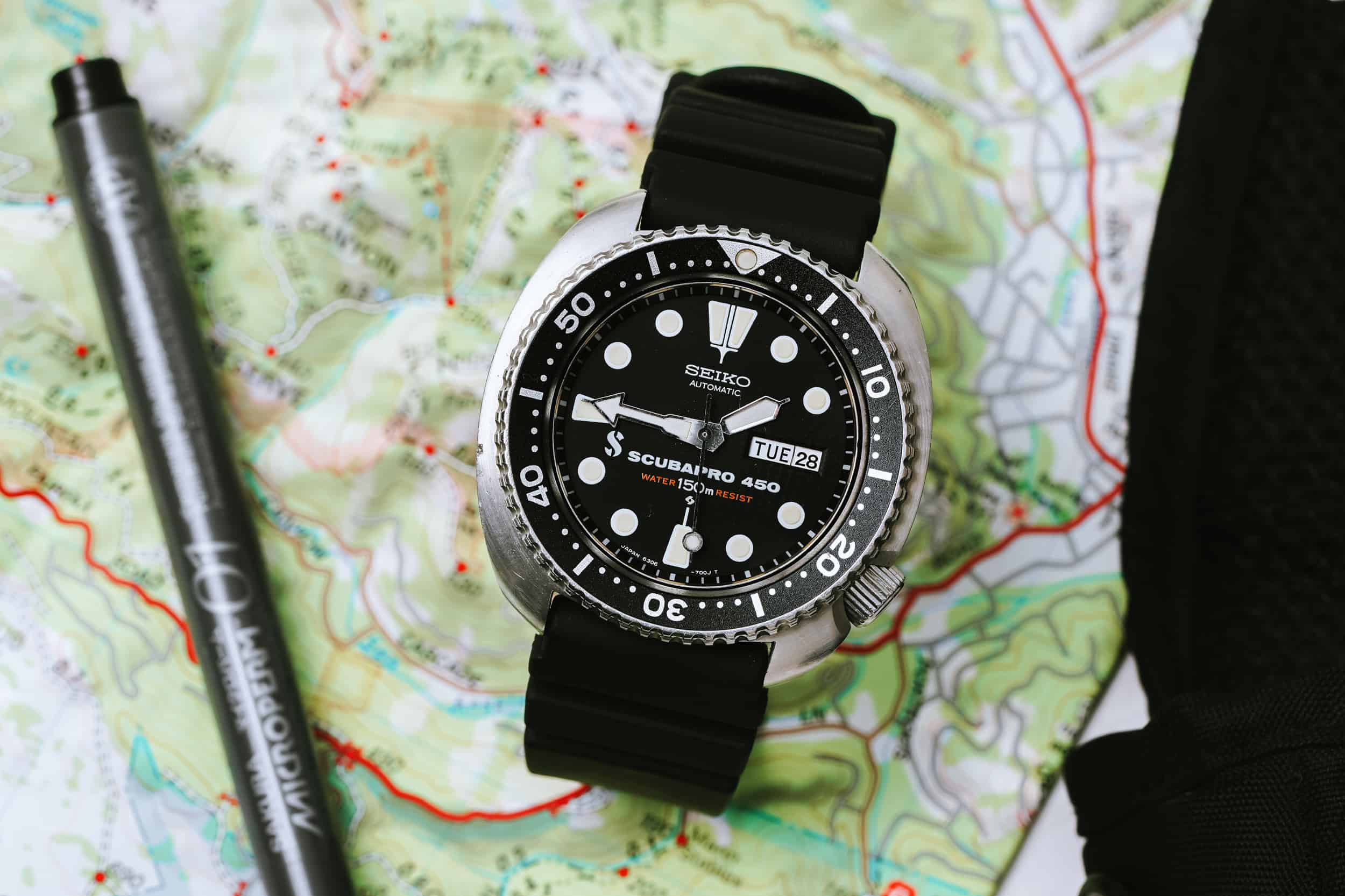









 Featured Videos
Featured Videos




